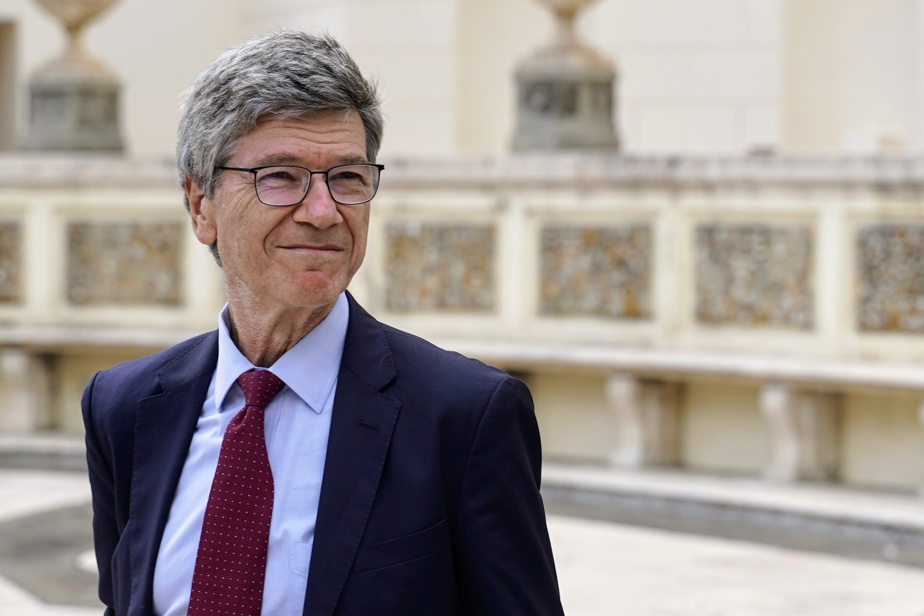(Paris) If the heads of state and heads of international financial institutions meeting until Friday in Paris could recognize together that global finance must be repaired to achieve climate goals, that would be “historic”, says the economist of American development Jeffrey Sachs.
The economist, who has been an adviser to several United Nations Secretaries General and currently heads the Center for Sustainable Development at Columbia University, spoke to AFP on the first day of the summit for “a new pact global financial institution” brought together by President Emmanuel Macron in Paris around forty heads of state from the North and South, and international financial institutions.
The stated objective of this summit is to urgently renovate the international financial architecture, born of the Bretton Woods agreements in 1944 with the creation of the IMF and the World Bank.
Q: What is the importance of this summit in the face of the multiplicity of crises that are currently shaking the world?
A: The Heads of State and institutions are close to recognizing that the current international financial architecture does not make it possible to achieve the 17 sustainable development goals set by the UN (fight against poverty, hunger in the world, take emergency measures to fight against climate change and its repercussions… Ed) nor those of the Paris agreement on global warming (COP21).
Increasing funding from international development banks, as this summit envisions, would be an important step forward.
Q: What are the three concrete measures that would show that this summit has a positive impact?
A: First, the increase in funding from the World Bank and regional development banks, to some 500 billion dollars a year instead of the current 100 billion. The G20 should agree on the subject in Delhi in September.
Second, orient all institutions, UN agencies, the IMF, development banks, and states towards long-term plans to achieve the goals of the UN and those of the Paris climate agreement . Ideally, we should also add objectives on the protection of biodiversity, after the COP15 agreement in Montreal in December, and others on the oceans after the adoption of the international treaty on the High Seas on 19 June by the United Nations.
Third, stop the geopolitical conflicts between the United States and Russia, and between the United States and China. The United States still aspires to be a superpower, but […] the rest of the world needs American cooperation, not American domination.
Q: What can this summit help achieve for the climate ahead of the next international summit, COP28, in Dubai in December?
A: If leaders clearly confirm that the global financial architecture needs to be fixed to achieve UN goals and climate goals, this summit will be historic.
Q: What is the right proportion of public and private funding?
A: It depends on the sectors. Public financing is crucial and even vital for health, education, biodiversity conservation, climate resilience, urban infrastructure, public transport, road networks, and social protection.
Private financing is more related to energy, digital connections and other industrial sectors. But mixed public-private finance within structured programs is vital to finance decarbonization, vehicle electrification, sanitation of water networks, and universal access to the internet.
Q: Where will the trillions eventually needed to finance adaptation to global warming come from?
A: We must first find the financing to achieve a zero carbon economy. The additional cost required compared to the cost of a fossil fuel based economy is not huge.
Zero-carbon systems are more capital-intensive and therefore more expensive in the short term, but the savings that can be made in the future level the costs at the level of those of a fossil-based economy.
Second problem: the financing of adaptation to global warming. The longer the end of greenhouse gas emissions is delayed, the greater the costs of adaptation, as well as the losses and damages of climate disasters.
